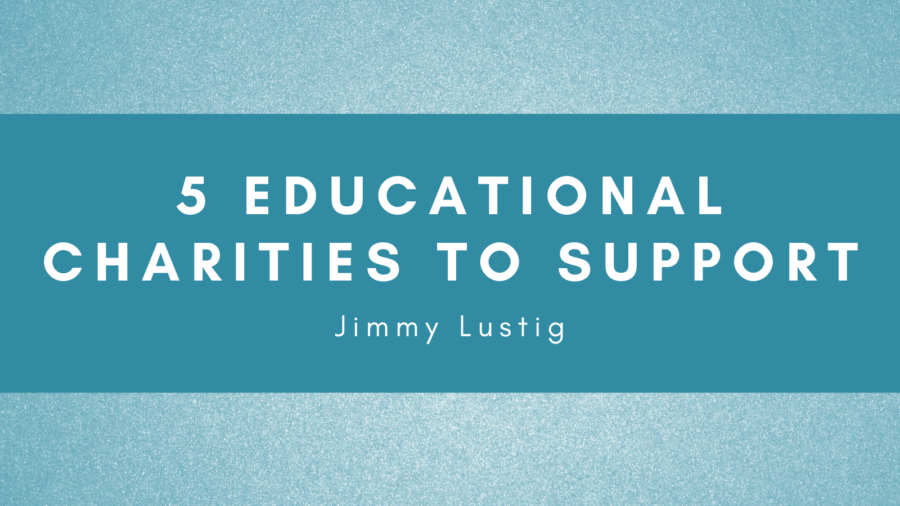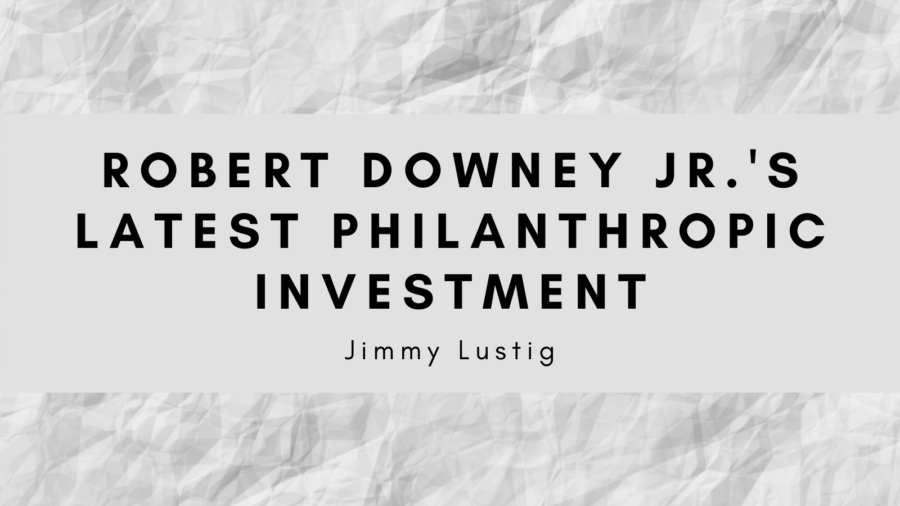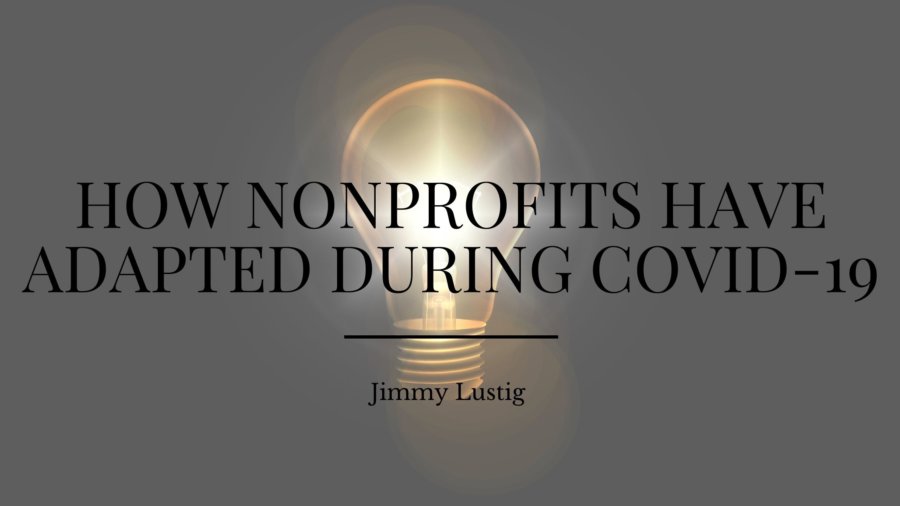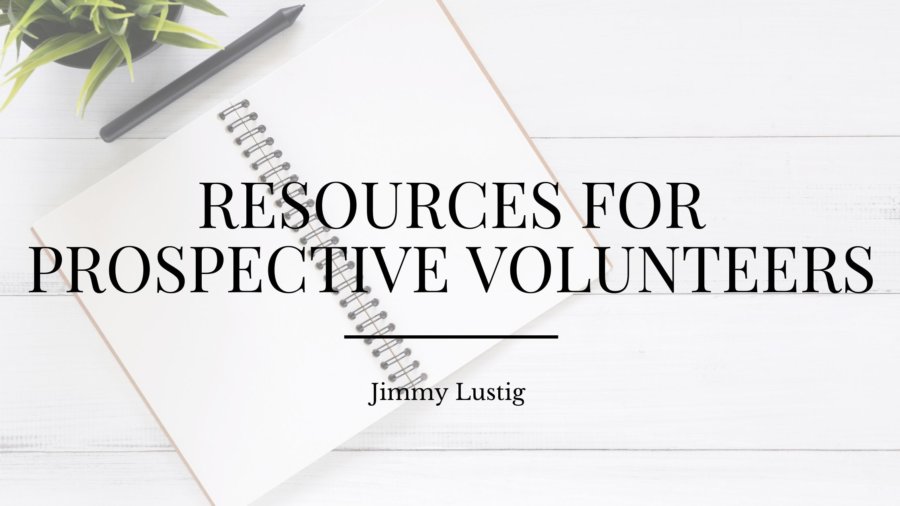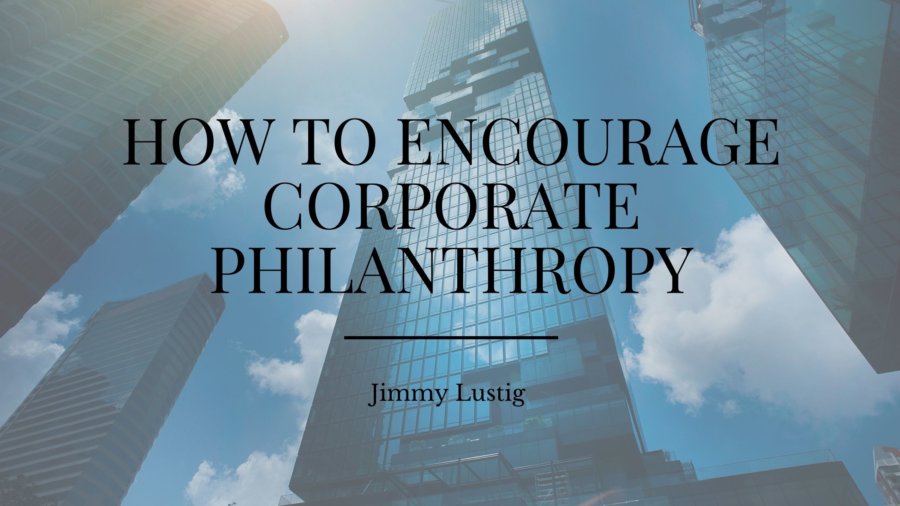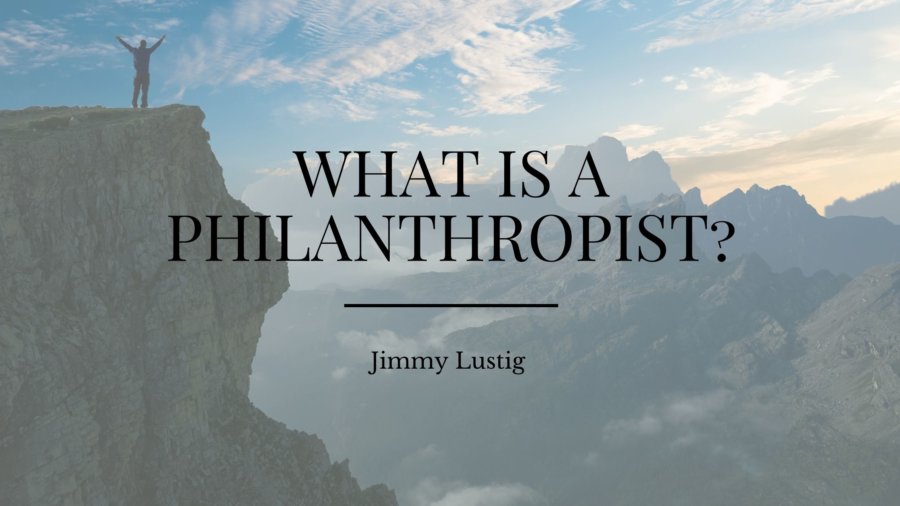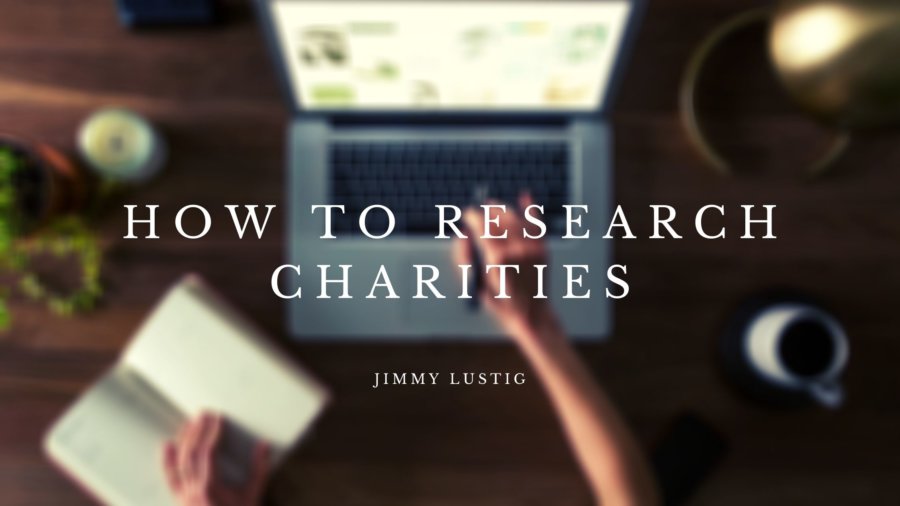The brutal winter storms in Texas are causing blackouts, and many residents have been left without power and water. These need to help residents cope with life in the crisis amid the pandemic. Below are several ways to support the state no matter where one is location-wise. Although there are organizations and relief funds to work with, use the choices below before finding them.
Donate to Mutual Aid Fund
Some of the mutual aid funds helping people in Texas during the blackout crisis include Austin Mutual Aid, Feeding the People Dallas, and Mutual Aid Houston. People are burning their furniture and clothes for warmth and boiling snow for water. The mutual aid funds are mobilizing venerable residents giving them food, clothes, and shelter. Local volunteers in Austin relocated the homeless population in hotel rooms.
Support Food Banks
Texans are running out of food since the weather crisis is disrupting the supply chain. The grocery stores and food pantries are empty. The stockpiled in houses is spoiling since there is no power to operate the refrigerators. Supporting food banks such as Feeding Texas will provide food to families in need.
Give Grants to National Organizations
National organizations one can support include Salvation Army, American Red Cross in North, South, and Central Texas. Monetary donations contributed to these organizations serve the most vulnerable people in this community during the natural disaster.
Support the First Responders
First responders and medical practitioners work day and night to support the communities. The Austin EMS Association is receiving monetary donations to feed its personnel. Many medics are working more than 24 hours without going home as call volume has doubled. It has become difficult for medics to search for food. First respondents also need food. They have to make sure roads are passable before going home.
Support the Fund Emergency Supplies
Find emergency supplies such as the Austin Area Urban League are receiving donations to provide emergency food, clothing, shelter, and other supplies to Texas residents. Austin Pets Alive is also accepting monetary donations to keep animals warm and safe during the storm.
Thousands of Texans are still in need of relief. Showing support through any of the highlighted ways will alleviate the States suffering to some extent.


